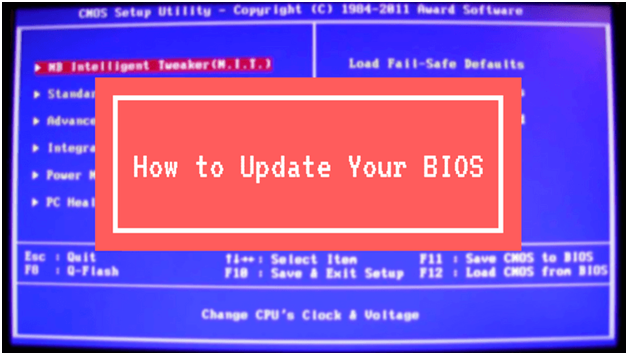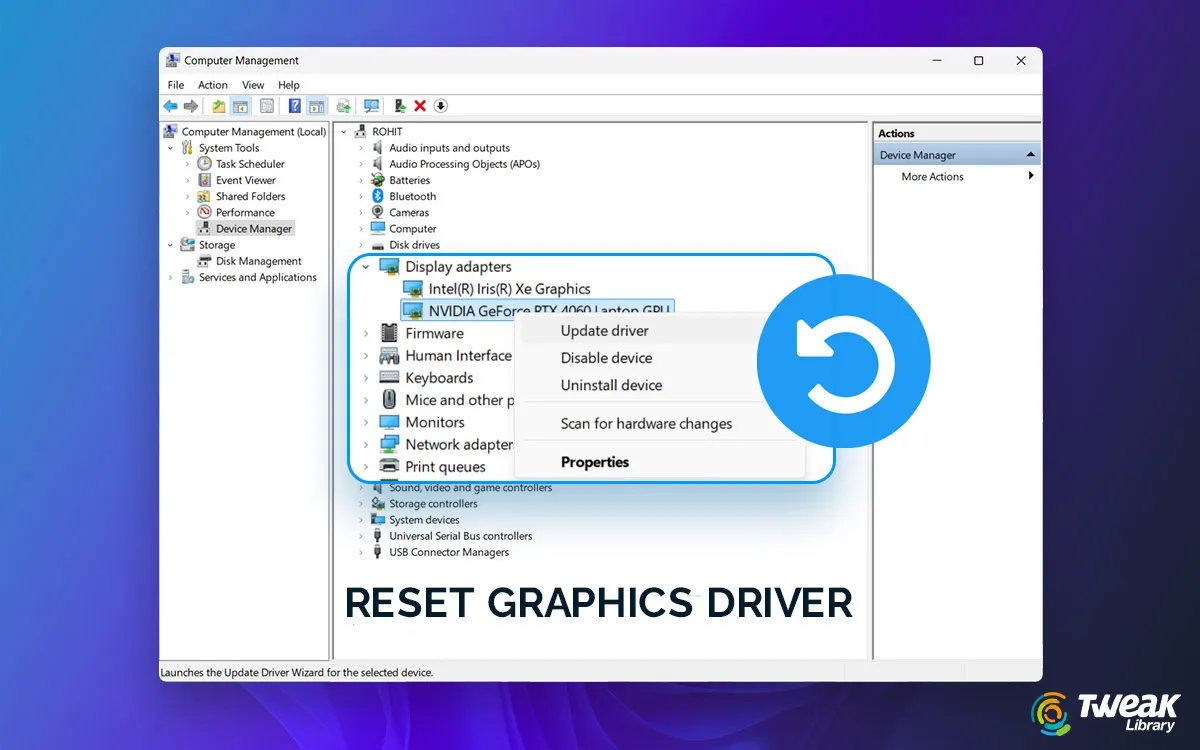Disclaimer and Warning: The manual process to BIOS update could be tricky so you need to be really careful with the steps mentioned in the article below. You should also check your BIOS version before you update BIOS in Windows 10. If you aren’t an advanced user, we suggest you should take help of professionals to fix any hardware issue caused by BIOS error.
How to update BIOS on Windows 10?

The BIOS comes pre-installed on your PC motherboard. It is updated by the manufacturer of the board. If you aren’t an advanced user, you shouldn’t think of updating BIOS to fix hardware issues. Updating BIOS is a bit complex so you should be extra careful with the process. Follow steps mentioned below to update BIOS in Windows 10.
Note: It is suggested to take back up of your system’s existing BIOS file. Thus, you can undo actions if something goes wrong with the update process.
Step 1: Check your PC’s model name
The first step includes checking your system’s model name or motherboard model. To do this, press Win + R keys to open the Run box. Type msinfo32 here and hit Enter. Now you will be on the System Information window. You can find the System model in the right pane. Write it down as you would require it later with the BIOS update process. If you are on an assembled PC, then check the motherboard model.
Also Read: How to Reinstall Audio Drivers in Windows 10
Step 2: Get the latest BIOS update
Next is to find the latest BIOS update from the motherboard manufacturer website. You need to visit the support or download section of the site to get the new version of the BIOS. You need to ensure you have found the right BIOS update version based on the exact model of your system motherboard. In case you have selected the wrong version of BIOS for your system motherboard, it could cause damage to your PC. So, be extra cautious. If you are unable to find the right download page or manufacturer website, then you can simply search your motherboard manufacturer name and BIOS into Google search and click on a suitable result.
Step 3: Download and unzip the BIOS file
Once you have found the right BIOS version for your system motherboard, download the file on your PC. You will find this file in the Zip folder. Next is to unzip this folder and extract the file on your system. Here, you will find readme.txt file, read it carefully. It includes instructions to BIOS update.
Step 4: Copy the downloaded BIOS file to USB Flash Drive
Now that you have downloaded and extracted the file, next is to copy the downloaded BIOS file to the USB flash drive. Before you move the BIOS file to the USB drive make sure there is no other file on it. Once you have moved the BIOS file to USB flash drive, keep it plugged in on your PC. Here, you need to access BIOS from this flash drive.
Also Read: How To Install Windows 10 From USB Drive
Step 5: Boot into BIOS
Now that you have a USB drive plugged in on your PC, you need to access BIOS during the boot sequence to update BIOS in Windows . To do this, you need to press the appropriate key that would be mentioned on screen during the process. Usually, it remains Del or F key. You can also check your motherboard manual to check the key to boot into the BIOS.
If you find trouble with that, then follow steps mentioned below to access BIOS on Windows 10.
- Open Start menu and tap Power button.
- Press and hold Shift key and click Restart button.
- On the next screen, select Troubleshoot.
- Navigate to Advanced options and select UEFI Firmware Settings.
- Click the Restart button and your system will boot into BIOS now.
Now that you are into BIOS, you need to check for BIOS update option and choose it. Next is to select the BIOS update file from the USB drive. It will take some time to complete the BIOS update process.
In addition to manual process, you can also try tools to create a USB flash drive with all necessary BIOS files to boot into BIOS. You can do this to avoid complex manual process.
Note: The BIOS update process is different for each motherboard model. Thus, it is suggested you should read the user manual for complete details to avoid trouble.
Conclusion
While BIOS update is a complex process you can do it by following the above mentioned steps. If you find manual methods too complex, then you can also try third-party tools to create BIOS USB bootable drives as discussed above. Do try these steps and share your experience in the comments below.
Next Read:
How to Fix CPU Fans Not Spinning in Windows 10
How To Speed Up SSD For Optimum Output






Leave a Reply